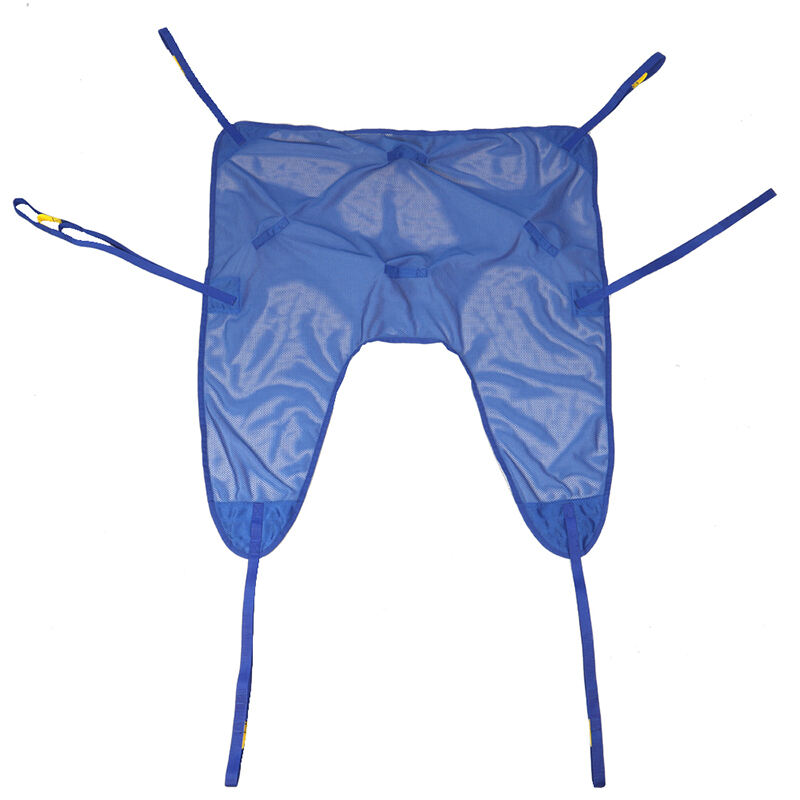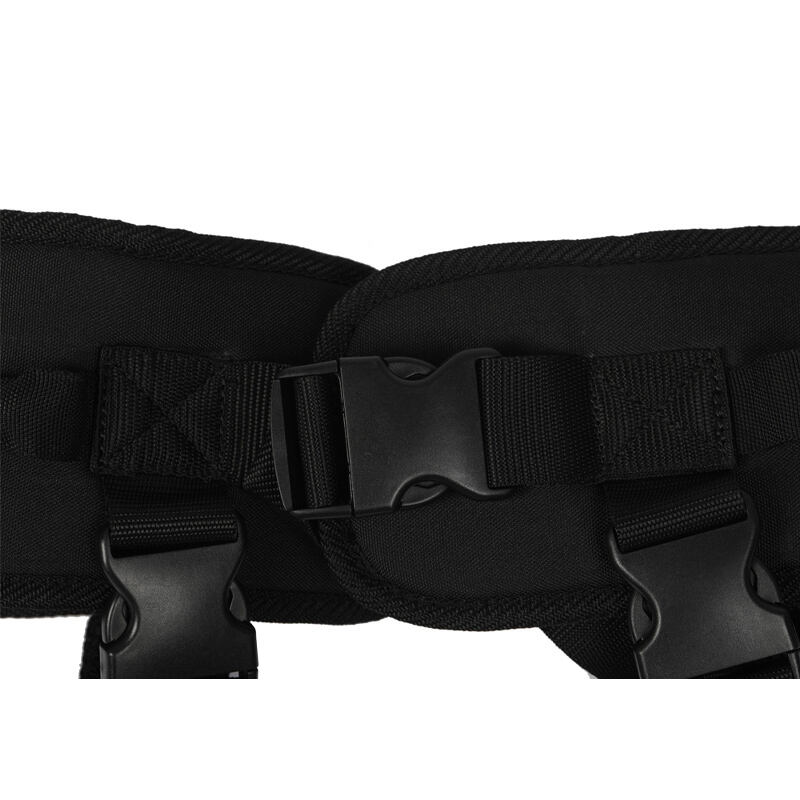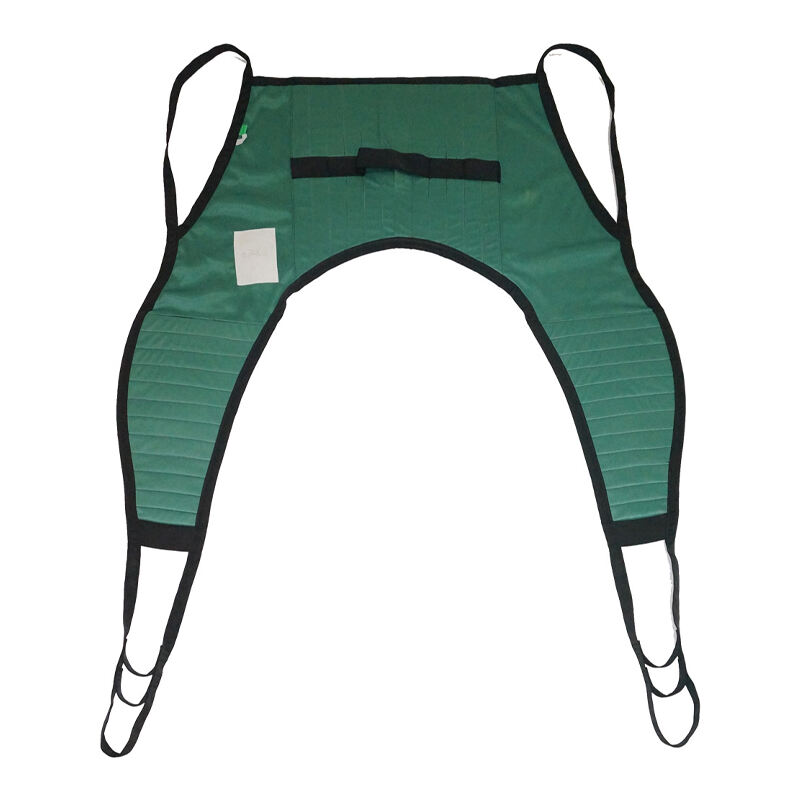Why Are Patient Gait Belts Essential for Physical Therapy?
The Critical Role of Gait Belts in Physical Therapy
Reducing Fall Risks During Mobility Training
Gait belts are essential tools in physical therapy, designed to enhance safety during patient mobility training. These belts significantly reduce fall risks, with studies indicating a reduction in fall rates by 20-30%. This reduction is pivotal for ensuring patient safety during therapy sessions. Gait belts enable therapists to better control patient movements, allowing for quick adjustments to prevent accidents. Moreover, a properly fitted gait belt helps distribute a patient's weight evenly during transfers, thus minimizing the likelihood of slips or falls. Utilizing these belts is especially crucial in improving the safety and effectiveness of physical therapy, as the therapists can maintain a secure grip and guide patients more effectively throughout their mobility training sessions.
Enhancing Patient Confidence and Independence
Using gait belts can significantly boost a patient’s confidence as they feel more secure during mobility exercises. The assurance provided by a therapist holding onto a gait belt enables patients to concentrate on their movements, promoting better participation in the exercises. Studies reveal that patients utilizing gait belts exhibit increased therapy engagement and a marked improvement in their desire to participate in sessions. This fosters a sense of independence, which is crucial in rehabilitation. Empowering patients throughout the therapy process often leads to quicker recovery and better outcomes. By encouraging patients to actively engage in their recovery, gait belts serve as an invaluable aid in physical therapy, facilitating improved confidence and independence in patients navigating their healing journey.
Key Features of Effective Patient Transfer Solutions
Weight Capacity and Material Durability
Effective patient transfer solutions must be designed to accommodate varying weight capacities, ensuring safety for all patients. In healthcare settings, the significance of using gait belts that support a wide range of weights cannot be understated. Manufacturers typically specify these limits, which can range from 150 to 500 pounds, ensuring caregivers know the safe use parameters. Additionally, the materials used, such as reinforced nylon or heavy-duty polyester, are crucial for the durability and longevity of gait belts. These materials not only withstand regular use but also facilitate easy cleaning and maintenance, vital in maintaining hygiene standards and belt performance.
Adjustability for Secure Transfers
Adjustable gait belts are critical for accommodating various body types, providing a snug fit that enhances safety during transfers. Clinical guidelines emphasize the importance of adjustability as it allows the gait belt to be used across multiple patients and settings, ensuring versatility and efficiency. Regular checks by caregivers on the belt's tightness ensure ongoing effectiveness and help prevent accidents. As the belt fits securely around the patient's waist, it minimizes movement during transfers, significantly reducing the risk of slips or falls, and thus contributing to a safer transfer process.
Integration with Patient Lift Slings
Gait belts should integrate seamlessly with patient lift slings, offering a comprehensive solution for safely moving patients. This integration not only enhances the overall effectiveness of transfer techniques but also simplifies caregiver training, leading to improved workflow efficiency. The compatibility of gait belts with various slings is essential for therapy settings, as it reduces the time required to accomplish patient transfers. Aligning with industry standards, using compatible equipment minimizes risks associated with patient handling and ensures that transfers are conducted in the safest manner possible.
Top patient gait belt Solutions for Therapy Settings
Mesh Divided Leg Sling-CGSL229: High-Capacity Toileting Support
The Mesh Divided Leg Sling is a standout choice for toileting scenarios, designed to provide high-capacity support. It boasts a remarkable weight limit of 600 pounds, making it ideal for patients with greater needs. The breathable mesh material enhances user comfort during extended use, crucial in ensuring a dignified transfer process while minimizing potential accidents. This sling is specifically engineered for toileting needs, receiving positive reviews for its ease of application and removal, which is highly appreciated by caregivers.

Transfer Gait Belt With Leg Straps-CGSL279: Multi-Angle Stability
The Transfer Gait Belt With Leg Straps delivers exceptional stability during patient transfers due to its innovative multi-angle design. The belt features leg straps that prevent slippage, maintaining a secure position for the patient throughout the transfer process. Suitable for patients needing extra support, it reduces caregiver strain while enhancing patient safety. Its versatility ensures utility across various rehabilitation settings, catering to both home care and specialized therapy clinics.

Padded U-Sling Without Head Support-CGSL206: Comfort-Focused Design
The Padded U-Sling emphasizes comfort and ease for both patients and caregivers. It incorporates padded areas to minimize friction and pressure points, fostering comfort during transfers. Its design simplifies positioning, making it a preferred choice for many caregivers. Patients using this sling often feel less anxious, as its comfort-focused features build trust in the care provided. This enhances usability in diverse therapy environments, supporting patients who are either immobile or have partial mobility.

Proper Techniques for Safe Gait Belt Application
Step-by-Step Transfer Guidance
Proper utilization of gait belts involves a systematic approach to ensure safety and effectiveness, particularly in patient transfers. Caregivers should first assess the patient’s mobility level to confirm comfort for both the patient and caregiver. The initial step in using a gait belt includes securing it snugly at the patient’s waist, while ensuring that it doesn't compress the abdomen. It's crucial that caregivers learn to maintain a balance between secure fitting and patient comfort. Following a detailed transfer plan aids in reducing confusion, thereby enhancing the safety of all parties involved. Additionally, regular training can keep caregivers updated on best practices and body mechanics, minimizing the risk of injuries during transfers.
Avoiding Common Usage Mistakes
To ensure safe gait belt application, caregivers must avoid several prevalent mistakes. One of the primary errors is not assessing the patient's specific needs adequately before belt application, which can result in hazardous situations. It's imperative to steer clear from using worn-out or damaged belts as they pose significant safety risks; proper belt condition is essential for effectiveness. Inadequate fitting of the belt, whether too tight or too loose, can lead to slips and increased falls during transfers. Implementing regular training sessions and adhering to correct usage protocols greatly reduces these risks. By reinforcing these standards, caregivers can foster a safer environment, ensuring that both patients and caregivers stay protected.

 EN
EN




























